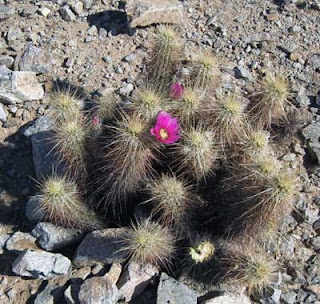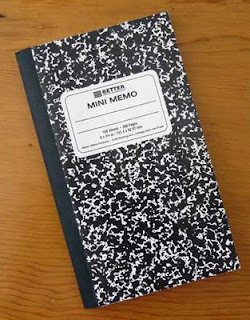A few days ago I reached the point where I was sick of art---thinking about it, wrestling with it, creating it. I just had to get out of the studio, out of the house, out of the city---out of my brain, even, if that were possible. A short drive, and I was tramping through the desert.
Birds chatted and sang, and cacti were beginning to bloom. This staghorn cholla held newly opened flowers, as well as a nest in the making.
A close-up view revealed a busy spider within.
Hedgehog cacti bristled everywhere
Their flamboyantly-colored flowers always look completely artificial to my New England eyes.
At the end of the day I returned home. I was hot, sweaty, tired---and relaxed,
refreshed, renewed. In fact, I was bubbling with creative ideas and energy. The day had had nothing to do with art, just as I had wanted---yet strangely enough, it had had everything to
do with art.
Getting this via email and want to leave a comment? Click on "Wendy Watson's Blog" at the bottom of the email---the actual blog will open up. Scroll down to bottom and click on "Comments" ; the comments and comment window will open up. Haven't yet figured how how to change this for the better (or if it's even possible---Blogger doesn't make these things easy).





























